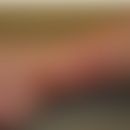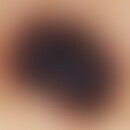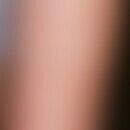HistoryThis section has been translated automatically.
DeBord, 1939
General informationsThis section has been translated automatically.
Originally described as a group of anaerobic, immobile, Gram-negative bacteria that resemble diplococci. These are probably facultative pathogens that can be the cause of unspecific urethritis. The name was originally given in reference to the similarity with the growth behaviour of Neisseria strains ("mimicked Neisseria"). Due to the very incomplete original description of the pathogen (Mimea polymorpha), taxonomic fuzziness and similarities to pathogens such as Moraxella spp. (Moraxella lwoffi), this term has been abandoned since the 1970s and today has only historical significance.
LiteratureThis section has been translated automatically.
- DeBord GG (1939) Organisms invalidating the diagnosis of gonorrhoeae by the smear method. J Bacteriol 38:119-120
- DeBord GG (1942) Descriptions of Mimeae trib. nov. with three genera and three species and two new species of Neisseria from conjunctivitis and vaginitis Iowa State Coll J Sci 16: 471-480
- DeBord GG (1943) Studies of the tribes Mimeae, Neisseriae and Streptococceae which confuse the diagnosis of gonorrhoea by smears. J Lab Clin Med 28: 710-714
- DeBord GG (1948) Mima polymorpha in meningitis. J Bacteriol 55: 764-765
- Lwoff A (1939) Revision et demembrement Hemophileae, le genre Moraxella. Ann Inst Pasteur 62: 168-176
Incoming links (1)
Urethritis, bacterial;Outgoing links (1)
Non-gonorrhoeic urethritis;Disclaimer
Please ask your physician for a reliable diagnosis. This website is only meant as a reference.



